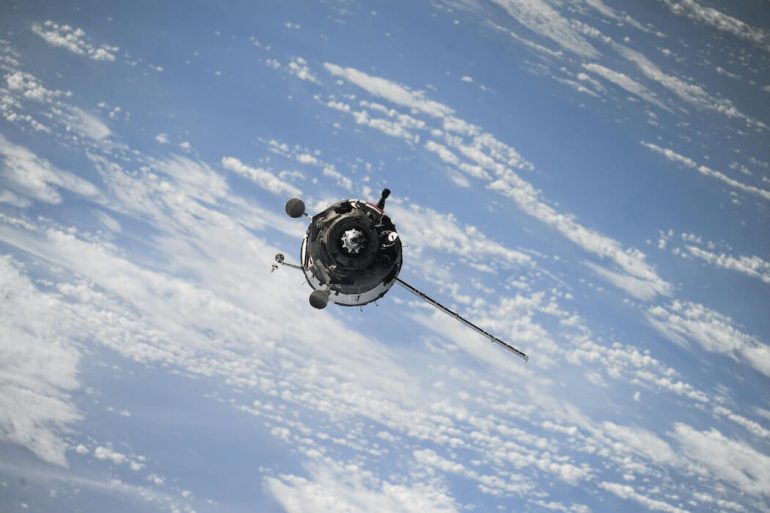Satellite communications company Telesat filed to go public on the Toronto Stock Exchange (TSX) earlier this week.
The company is working to launch a low-earth-orbit (LEO) satellite network (called Telesat Lightspeed), and is a notable Canadian competitor to Elon Musk’s Starlink and Jeff Bezos’s Project Kuiper.
Telesat is already set to list on the Nasdaq at some point this year, and had announced its hope to list to a Canadian stock exchange as well. Telesat is not looking to raise any capital through going public the TSX, the listing is a formality that would set up the company for a future offering.
Ottawa-headquartered Telesat is one of the largest global satellite operators, with its geostationary (GEO) satellites providing services to TV broadcasters, internet service providers, and government networks. Telesat began working on LEO satellites in the last five years, which have much lower latency (signal travel time between Earth and the satellites) compared to current communications satellites, allowing for faster internet speeds.
Telesat is expected to launch its first LEO satellites in the next few years, possibly in the first half of 2024. The company’s efforts pit it against the likes of Musk and Bezos – each with their own internet satellite networks. The 2024 timeline is notable as Musk’s Starlink has the first-mover advantage with satellites already launched, and operations in the United States and parts of Canada. But Telesat is betting on its decades of experience to win the space race.
RELATED: Maritime Launch Services to go public on CSE via reverse takeover
To support those efforts, Telesat dug into its own coffers as well as secured public funding from the likes of Ontario, Québec, and the federal government. The Government of Canada committed $1.44 billion in August to help the company build its LEO satellite network. The financing is in addition to a $600 million service provider agreement with the federal government that enables internet and mobility service providers to acquire Telesat LEO capacity at reduced rates. Telesat also has a $400 million commitment from Québec and $109 million from Ontario. Earlier this year, the company raised also $500 million USD in a secured notes offering.
The point of LEO technology is to provide more affordable, high-speed connectivity services, including LTE and 5G. The satellite tech could prove valuable for rural parts of Canada where internet connectivity is less accessible. According to federal reports, just 41 percent of rural households and approximately one-quarter of Indigenous communities in Canada have access to fast, reliable broadband internet service.
The technology has already shown promise; a report from this year found that Starlink internet has faster median download speeds than fixed broadband in Canada. Starlink has launched more than 1,700 satellites to date and claims to serve 90,000 users around the world. However, some people have raised concerns about the price tag that comes along with the service.
While Telesat is also in competition with Amazon’s Project Kuiper to launch LEO satellites, the company has penned a deal with Bezos’s Blue Origin that will see Telesat use Blue Origin’s rockets to launch its satellites.
Telesat is the latest in a long slew of Canadian tech companies attracted to the public markets. Earlier this month, Coveo filed for a $215 million initial public offering (IPO). The company’s filing came the same day Automotive and D2L began trading on the TSX. Other recent IPOs include Q4 Inc. and Propel Holdings.


